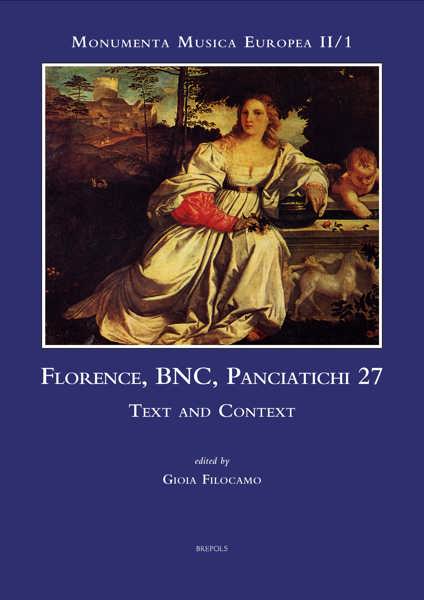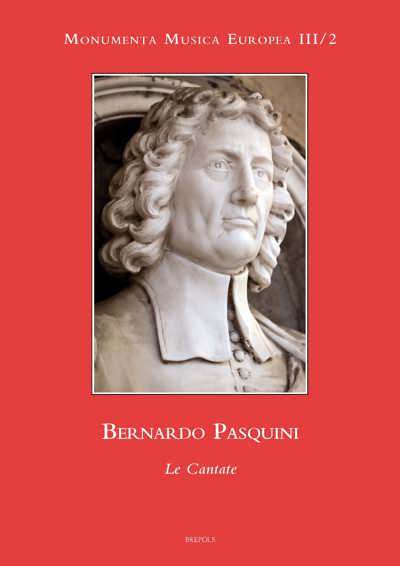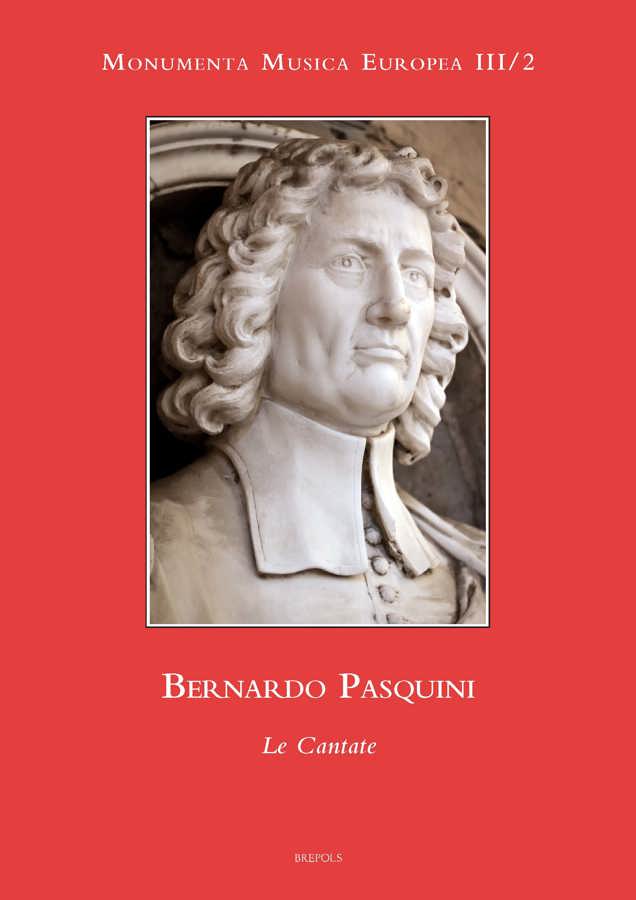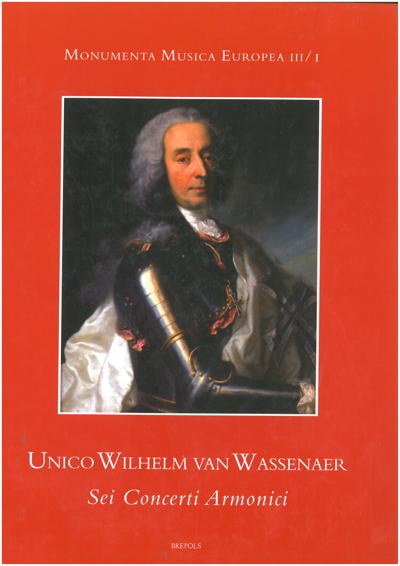
Bernardo Pasquini. Le Cantate
Alexandra Nigito (ed)
- Pages: 764 p.
- Size:230 x 310 mm
- Illustrations:33 b/w
- Language(s):Italian
- Publication Year:2012
- € 180,00 EXCL. VAT RETAIL PRICE
- ISBN: 978-2-503-51519-9
- Hardback
- Available
"This is an immensely useful and well prepared study and edition, and it's good value. (...) I hope the volume survives the extensive use to which it should be put by singers." (Clifford Bartlett, in: Early Music Review, N° 154, June 2013, p. 4-5)
"Alexandra Nigito brings an experiences performer's eye to what is needed on the page.What Pasquini needs now is performers, who will be well served by these cantatas, some of which are light and brief, others fluent, changeable and catchy: fun to sing and a pleasure to hear." (Margaret Murata, in: Notes, Volume 70, N° 1, September 2013, p. 173-176)
"(...) it is to be hoped that the publication of this excellent edition leads to further performances of Pasquini’s music." (Carrie Churnside, in: Early Music, Vol. XLII, No. 1, 2014, p. 134)
"Die Vielzahl der verwendeten Formen, die sorgfältige Textbehandlung wie auch der auf Alessandro Scarlatti hinweisende Continuo, der sehr häufig Motive der Singstimme übernimmt und auch öfter einmal zur Textausdeutung genutzt wird, machen eine solche Beschäftigung lohnenswert." (Reinmar Emans, in: Die Musikforschung, 68.2, 2015, p. 208-210)
“(…) Nigito will be well recognized for this impressive work, which offers a contribution of fundamental importance not only for the music of Pasquini, but also more generally for the seventeenth-century Italian cantata and its poetry for music.” (Arnaldo Morelli, in Journal of the Royal Musical Association, 141:1, 2016, p. 243)
This critical edition collects Bernardo Pasquini’s sixty-plus unpublished cantatas. It not only enriches the field of studies on Roman vocal music during the last quarter of the 17th century, but also enhances our knowledge of this versatile composer. Although today Pasquini’s name is still primarily associated with his keyboard works and his fame as a virtuoso, we must not forget that a substantial part of his output was devoted to vocal music. As was then customary, most of his cantatas are chamber works, for one voice only, and secular in content. To these, however, we must add the large festive cantatas, composed for important celebrations and scored for various voices and instruments, and the spiritual cantatas, which can be likened to small oratorios. Given that this repertory was transmitted exclusively in manuscripts (though in no case autograph manuscripts), a study has been carried out on the late-17th-century Roman and Modenese copyists responsible for the surviving sources. Careful examination of the poetic texts, all anonymous, has also led to the identification of the authors of a very small number of the works: they include Cardinal Benedetto Pamphili, Francesco Maria Paglia and Alessandro Guidi. Finally, recent archival research has brought to light new information on the composer’s life.



